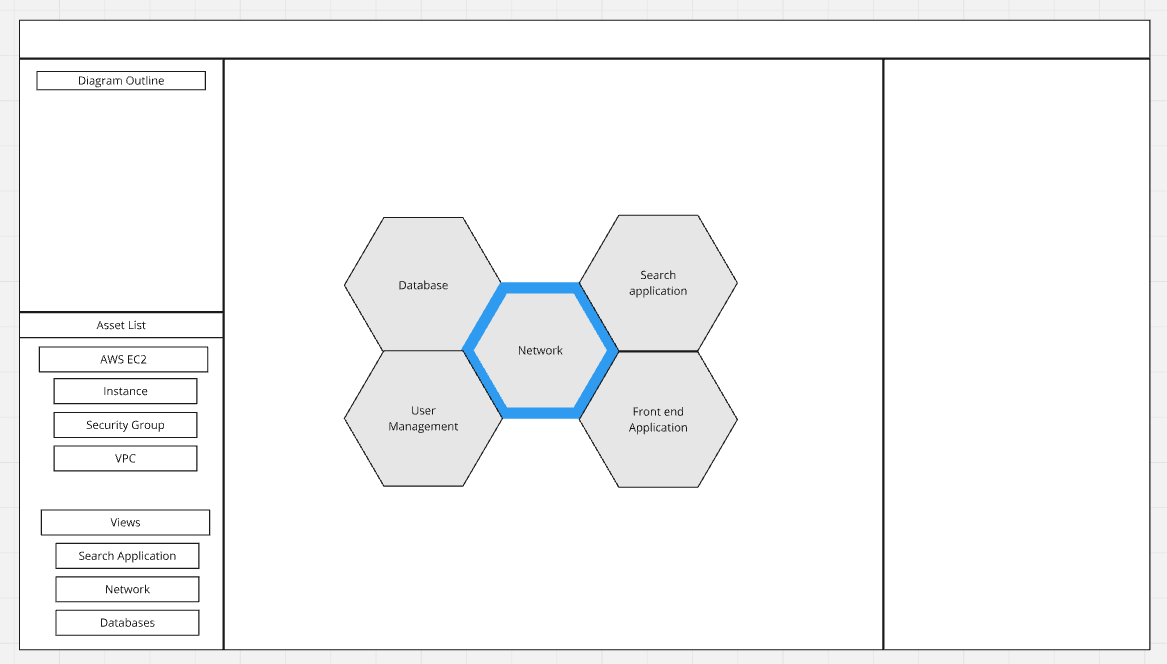Opportunity - Views
10/21/2024
As the quantity of the infrastructure being managed grows, so does the complexity of the workspace diagram that we refer to as the living architecture. Large, complex diagrams become difficult to navigate and collaborate on. It can be described as “staring at the sun”, referring to being blinded by too much detail. With this opportunity, we’re creating the ability to create custom views by team, application, or environment that facilitates collaboration in the same workspace and allows each team to focus on their area of expertise. Ultimately, views will lead to greater understanding across your organization and dramatically increase productivity. This post will fill you in on the details, and you can always watch the readout of the opportunity on YouTube.
If this is your first exposure to how we communicate about the on-going development of System Initiative, welcome! You can learn more about what opportunities are, and how we work on System Initiative on our docs site. You might also find our vocabulary page useful.
Views for powerful system representation
The more teams collaborate on a workspace, the more difficult it is to focus on the area of the infrastructure they need to make changes to. Different people have their own set of infrastructure that they manage and care for. This opportunity will empower those users to be able to create a view specific to their needs or a view to empower other types of users. If you are on the application team, you can create a view, or have one created for you, specific to the infrastructure needed to run the application. This means the application team can collaborate more effectively on the infrastructure they manage. These logical representations can be broken down in any way the users of the workspace feel is necessary. There are no restrictions on the number of views your workspace can have, but views are created, edited, and deleted within a changeset, so you can design the view that works best for you and then apply or approve that view to HEAD so others can use it. The ability to separate the system in this way will reduce the cognitive load for the users of the workspace when making the changes they need to the infrastructure they manage.
Here’s the implementation plan in a nutshell:
- A user can create a view, and a view can contain any components from the workspace
- Components can connect to components in other views
- A component can exist in multiple views
- A view can link to another view, and views can also be used within other views
- There are no limits on the number of views available within the system



When can I expect this to land?
This opportunity has a budget of five weeks, ending November 15th, 2024. You can follow our progress by watching our weekly demos, posted every Monday on Discord, YouTube, and our Changelog. You can always find this, and every other active opportunity, in our Road map.

Paul Stack, Director of Product
Paul is an engineer turned product manager who is passionate about the Continuous Delivery and DevOps movements and how they are critical in helping businesses deliver value to their customers.